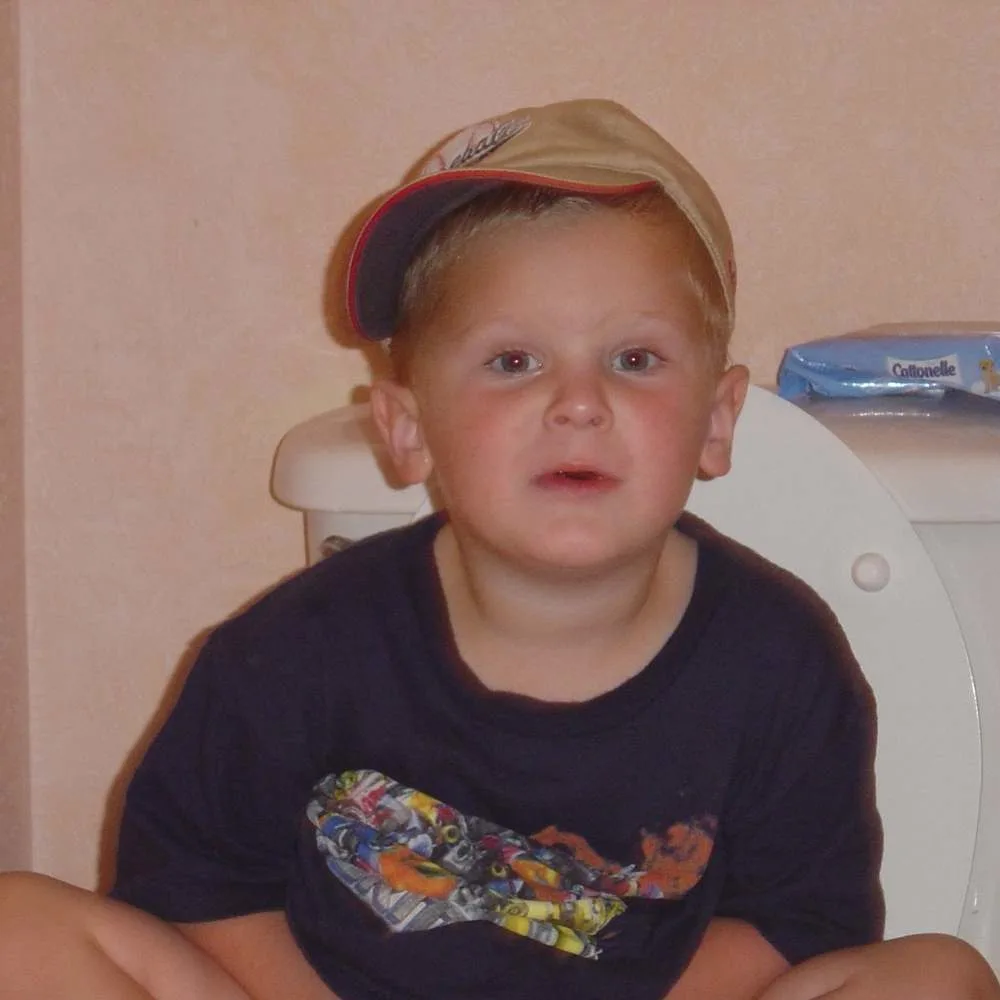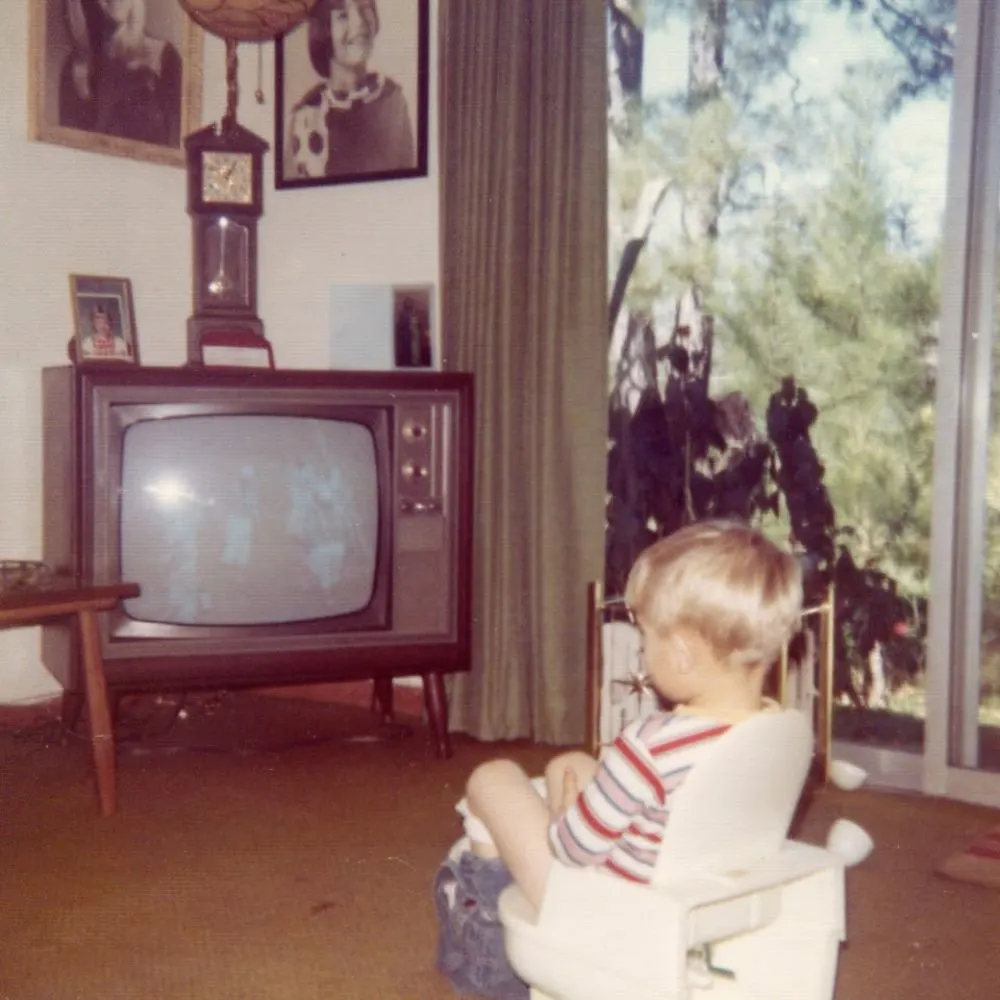- Clay Moon Phase Wall Hanging - July 4, 2023
- What To Do When a Toddler Won’t Keep Their Blanket On - June 10, 2023
- How Do Child Locks Work in Cars? (And When To Use Them!) - June 10, 2023
As a parent, you want to see your preschooler master basic and important life skills. And yep, that includes using the restroom. But does that mean a 3-year-old should be able to wipe themselves?
A 3-year-old should be able to wipe themselves, but probably not perfectly 100% of the time ( just yet). Preschoolers should be taught how to wipe properly from front to back to prevent urinary tract infections (especially for girls) and to always wash their hands afterward for hygiene purposes.
Keep reading to know what to do if a three-year-old refuses to wipe their bottoms. I’ll also give you tips on how to teach your 3-year-year old to wipe properly.

What To Do if a 3-Year-Old Refuses To Wipe Their Bottom
Each child learns to potty train in their own time. Caregivers must instill the right mentality to encourage potty training and to wipe their own bottoms.
Reasons a 3-Year-Old May Not Want To Wipe Their Bottom
You Haven’t Emphasized the Importance of Wiping
Your parenting style plays a huge role in your kid’s ability to wipe their bottoms without calling you every time they’re done using the toilet.
First, explain the importance of wiping their bottom. For example, you can talk (in simple terms) about how germs can spread and cause UTIs (urinary tract infections) if bottoms aren’t cleaned properly (source).
They Are Embarrassed To Do It on Their Own
No matter how much you emphasize the importance of wiping, it may not be enough to persuade your kid to actually do it. Sometimes, you may notice your kid standing still after a bowel movement because they feel ashamed or unsure about wiping themselves.
After all, up to this point, you’ve probably done everything for them, and now you expect them to feel comfortable about wiping their bottoms on their own. This is a big step!
The best way to handle this is to ask your child what the problem is and try to understand why they are uncomfortable doing it independently.
Let your child know that wiping bottoms isn’t anything to be ashamed of since everybody does it after a trip to the bathroom.
Your preschooler will feel more comfortable wiping themselves independently with time and lots of education and support.
They Keep Smearing Things Around
When preschool kids find it hard to clean their bottoms properly, they’re not likely to want to do it at all. This is especially true when they end up smearing everything around the toilet seat, their clothes, or even the walls.
Fortunately, you can do the following to help your kid stop smearing things around.
- Purchase strong toilet paper. Avoid providing weak or thin toilet paper as it tears when wiping and transfers everything onto the hands. You can place a strong and thick tissue paper like Charmin Ultra Strong Toilet Paper (link to Amazon) that doesn’t break easily in the preschooler’s bathroom.
- Try flushable wipes. These make wiping easier because the added moisture makes it more effective for removing poop, compared to plain and dry toilet paper. A good choice is Mama Bear Fragrance-Free Toilet Wipes (link to Amazon). The lack of fragrances and other chemicals ensures that these wipes aren’t likely to irritate your child’s sensitive parts.
- Keep the toilet paper or wipes in a reachable place. Ensure that your child can access the toilet paper or wipes easily to avoid making a mess after a bowel movement. Remind your preschooler not to reuse the same piece of toilet paper or wipe.
You’re Not Patient Enough
Nothing demotivates more than pressure from an annoyed parent. You must understand that it takes a lot of practice and patience for your preschooler to wipe their bottoms properly. Therefore, avoid shouting while potty training your child; stay calm, and use words of encouragement.
Teaching a 3-year-old anything can be stressful, but it will be worth the patience and time in the long run. With proper training, your child will learn how to potty independently (source).

How To Teach Your 3-Year-Old To Wipe Their Bottom
Now that I’ve covered a few reasons a child this age might refuse to wipe their bottom – let’s get started on how to train them to do so.
1. Start Early
Ideally, you shouldn’t wait until 3 years old to teach preschoolers how to wipe their bottoms. Start slowly (when they’re between 2 and 3 years) to give them enough time to master the necessary skills. If you already have a 3-year-old, it’s not too late to teach them, but it may take a little longer.
2. Teach the Right Amount of Tissue To Use and How To Fold It
You can show the right amount of toilet paper to use at a time by drawing marks on the walls. Then, you can move on to correctly folding the toilet paper in your hand before wiping.
3. Wipe From Front To Back
Ensure your child wipes from the front to the back (especially if your 3-year-old is a girl) to prevent bacteria from entering the urethra and causing urinary tract infections. Then, show your child how to tell if they’ve wiped themselves. You can even place a mirror behind them to help with the process.
It would be best to remind your child to toss the dirty tissues in the trash bin provided; instead of throwing the tissues in the toilet bowl and causing clogging.
Last, but not least, they should know how to wash their hands after wiping their bottoms. To make hand-washing more fun, you can teach singing the “Happy Birthday” song twice as they complete the hand-washing process (source).
4. Check for Yourself
The last step is to check whether they have wiped themselves correctly. You can even reinforce any technique or steps your child may have forgotten during the demonstration. Motivate your child further by rewarding them whenever they correctly wipe their bottom.
Conclusion
Getting kids this age to wipe themselves after a bowel movement can be challenging.
To teach your 3-year-old how to wipe themselves, you need to:
- Start early.
- Demonstrate the appropriate amount of tissue to use and the folding technique.
- Teach wiping from front to back (especially for girls).
- Teach excellent hand washing!
- Check the results yourself.
Author Notes:
Teresa is a Registered Nurse in the State of Texas and the mother of two. Opinions and insights on childcare are based on professional knowledge, academic research, and personal experience.
Recommended Reading:
Make Your Own Beautiful Living Succulent Wreath Centerpiece! Complete video course by Jeannine Romero now available through Skillshare.
